- Chessboard setup
- Who goes first in chess?
- How to move chess pieces?
- Special chess moves
- Check in chess
- How to win in chess?
- Chess strategies
- Chess tactics
- Illegal move in chess
- Play chess
- Chess tournament
Step 1. How to set up a chessboard
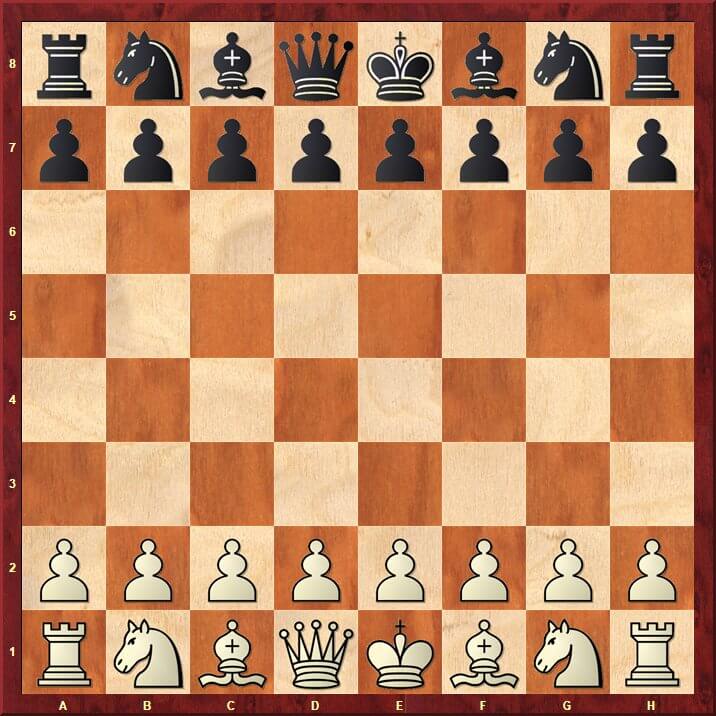
Chess is played on a chessboard, a square board divided into 64 squares (8 X 8) of alternating colour, which is similar to that used in draughts (checkers). The actual colours of the board can be of any colour, but the lighter-coloured squares are called “light” or “white”, and the darker-coloured squares are called “dark” or “black”. At the beginning of each game, sixteen “white” and sixteen “black” pieces are placed on the board in a specific way. The board is placed so that a white square is in each player’s right-hand corner. Horizontal rows are called ranks and vertical rows are called files.
Each player controls sixteen pieces:
At the beginning of the game, every time the pieces are arranged the same way as shown in the diagram: each side has one king, one queen, two rooks, two bishops, two knights, and eight pawns. The pieces are placed, one on a square, as follows:
If you have the coordinators on your board which consist of A to H files (Horizontal) and 1 to 8 Ranks (Vertical) then you have to place White pieces on the 1st Rank and White pawns on the 2nd Rank. For that, you have to place the Black pieces on the 8th Rank and Black pawns on the 7th Rank.
- The rooks are placed on the outside corner squares, right and left edges of the chessboard. (White Rooks on a1 and h1. Black Rooks on a8 and h8)
- The knights are placed immediately inside the rooks.
- (White Knights on b1 and g1. Black Knights on b8 and g8)
- The bishops are placed immediately inside the knights.
- (White Bishops on c1 and f1. Black Bishops on c8 and f8)
- The queen is placed on the central square of the same colour as that of the player: white queen on the white square and black queen on the black square.
- (White Queen on d1. Black Queen on d8)
- The king takes the vacant square next to the queen which is the opposite colour of that of the player: white king on the black square and black king on the white square.
- (White King on e1. Black King on e8)
- The pawns are placed one square in front of all of the other pieces.
- (White Pawns on a2, b2, c2, d2, e2, f2, g2 and h2. Black Pawns on a7, b7, c7, d7, e7, f7, g7 and h7)
Step 2. Who goes first in chess?
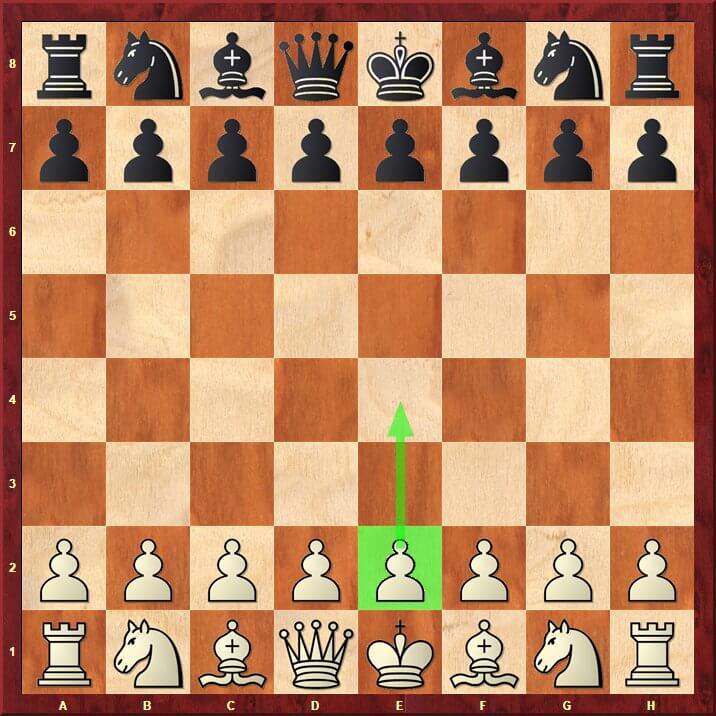
As per the chess rule, the player with the white pieces always moves first. To decide who should play with the White pieces, one of the players hides a black pawn in one hand and a white pawn in the other and holds out his or her fists in front of his or her opponent. His or her opponent chooses a hand and if the white pawn is in that hand then the opponent plays White. If it is a black pawn the opponent plays with the Black pieces. After the first game, the players switch colours.
White then makes a move, followed by black, then white again, then black, and so on until the end of the game. Being able to move first is a tiny advantage that allows the white player to control more squares and attack early in the game.
Step 3. How chess pieces move
king moves in chess
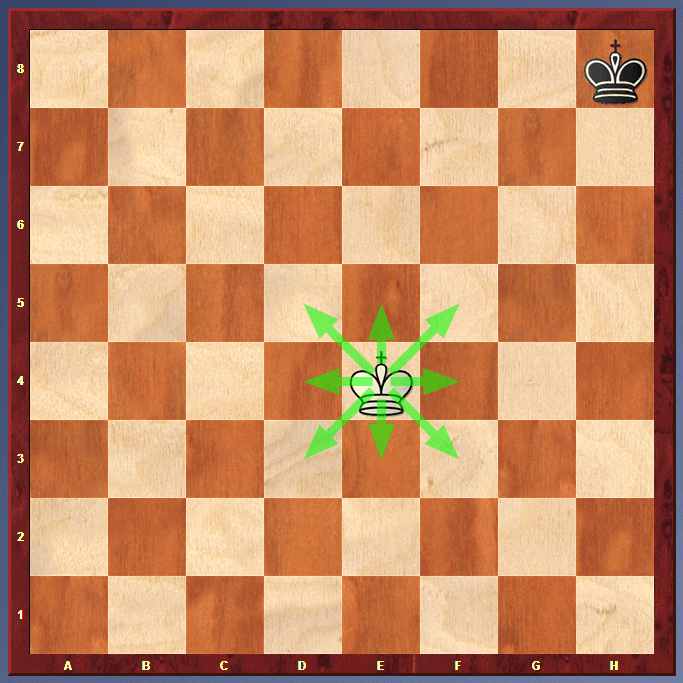
A king can move one square in any direction e.g. horizontally, vertically, or diagonally unless the square is already occupied by the same coloured piece or the move would put the king in check (attack by opponents’ piece). A special move with the king and a rook known as castling or castle is allowed only once per player, per game (see below).
The queen moves in chess
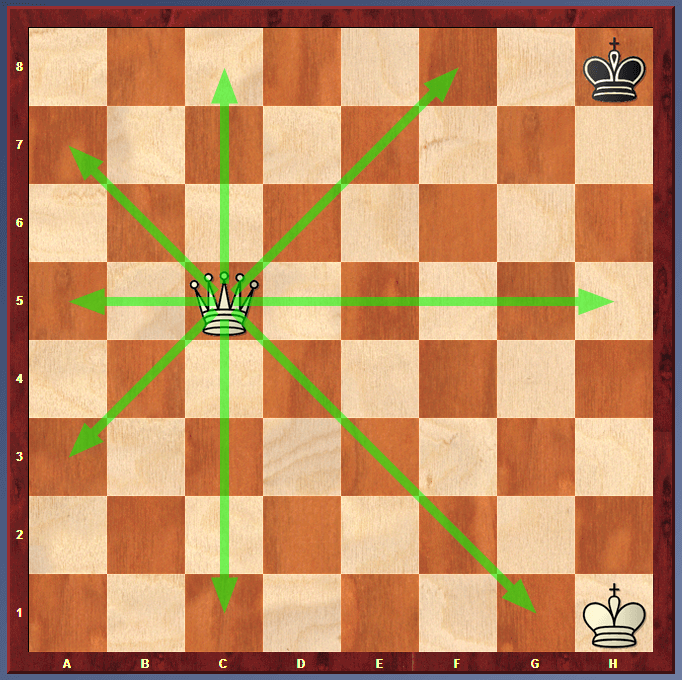
The queen moves any number of vacant squares horizontally, vertically, or diagonally.
A rook moves in chess
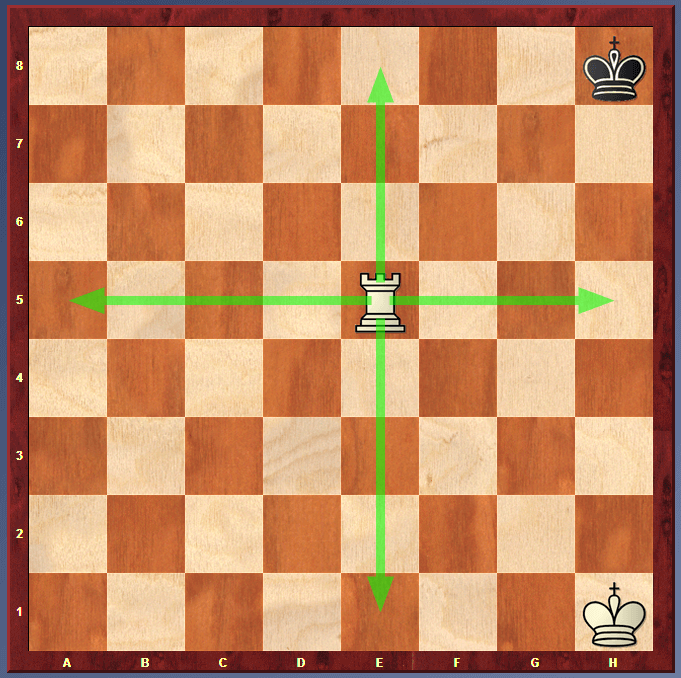
A rook moves any number of vacant squares horizontally or vertically. It also moves while castling.
Bishop moves in chess
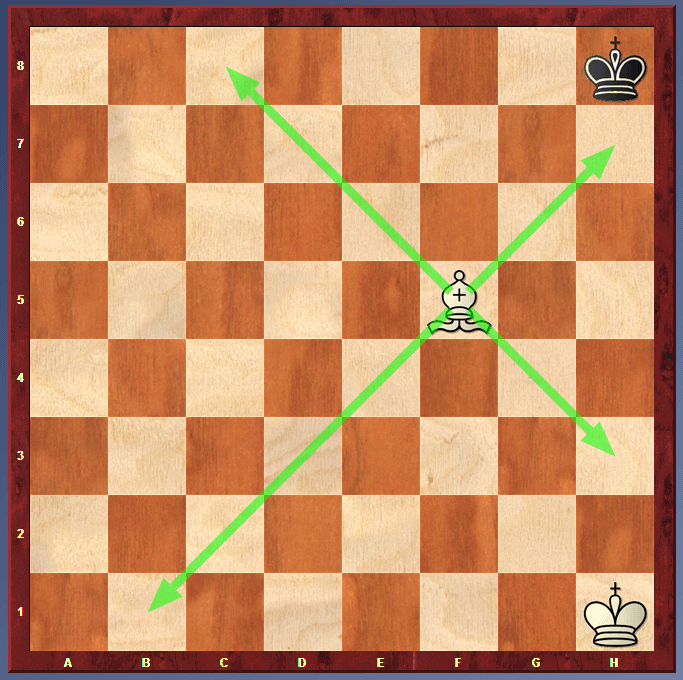
A bishop moves any number of vacant squares diagonally.
Knight moves in chess
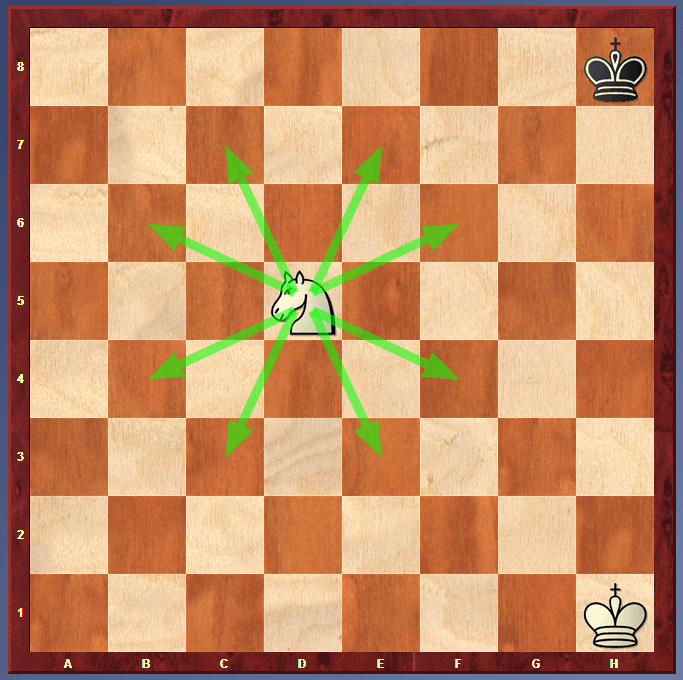
A knight moves two squares horizontally then one square vertically, or moves one square horizontally then two squares vertically— It jumps in an L-shape. Unlike the other pieces, the knight is the only piece in the game of chess that can “jump over” other pieces, regardless of whether those pieces are white or black. Knights capture enemy pieces by replacing them on their squares.
The Knight always alternates jumping from light to dark squares and then again from dark to light and so on. Normally we count it as one, two, and a half.
Pawn moves in chess
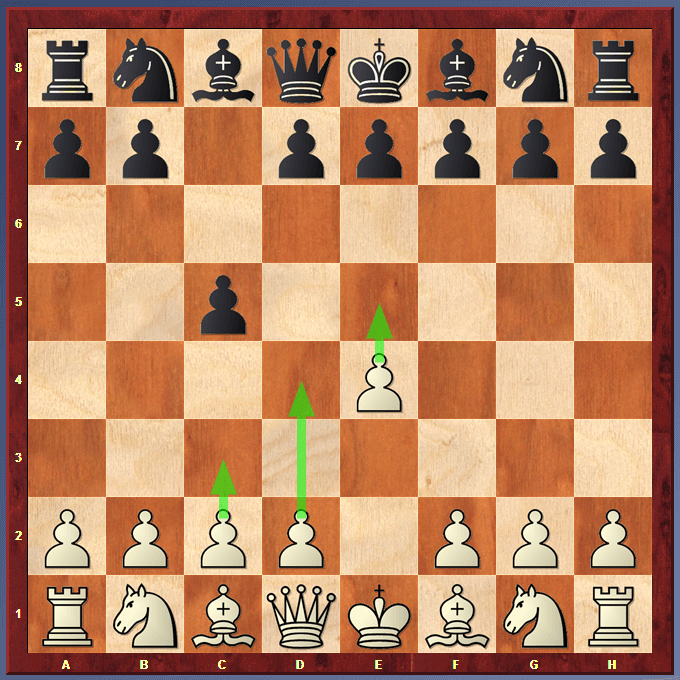
How pawn moves in chess
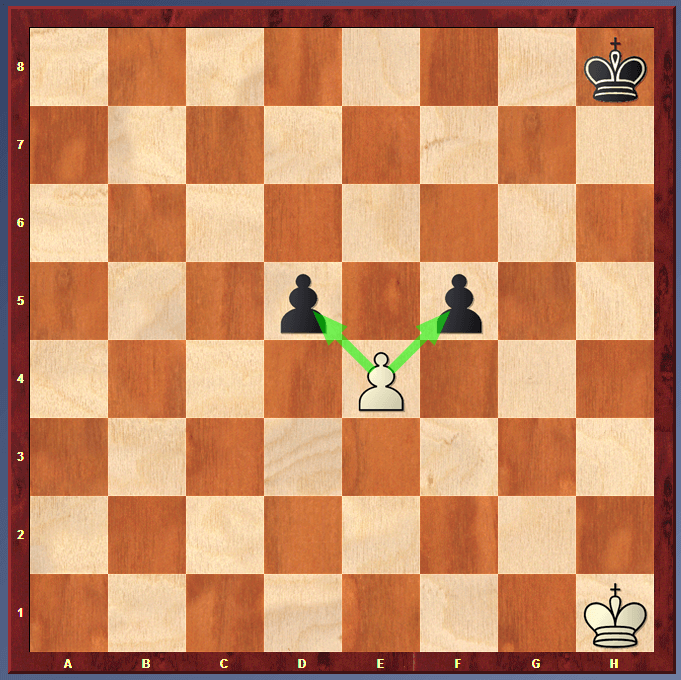 How pawn captures
How pawn captures
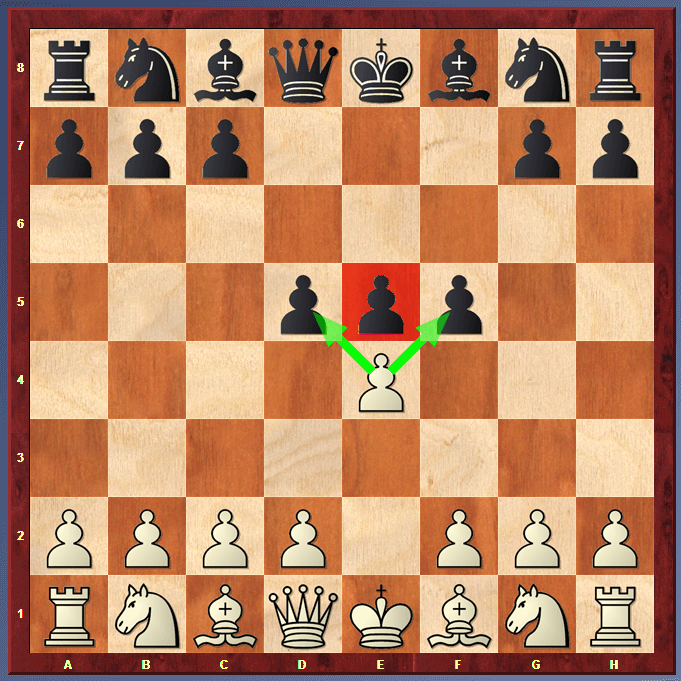 How pawn captures 1
How pawn captures 1
Pawns have the most complex rules of movement: A pawn moves straight forward one square if that square is vacant. If it has not yet moved, a pawn also has the option of moving two squares straight forward, provided both squares are vacant. Pawns cannot move backward or sideways.
Pawns are the only pieces that capture differently from how they move. A pawn can capture an enemy piece on either of the two squares diagonally in front of the pawn (but cannot move to those squares if they are vacant).
The pawn is also involved in the two special moves en passant and promotion.
Step 4. Special chess moves
Castling in chess
Castling — the only move where 2 pieces move at the same time which protects the King while bringing
Rooks into play or makes them active.
There are two types of castlings:
1. Kingside castling
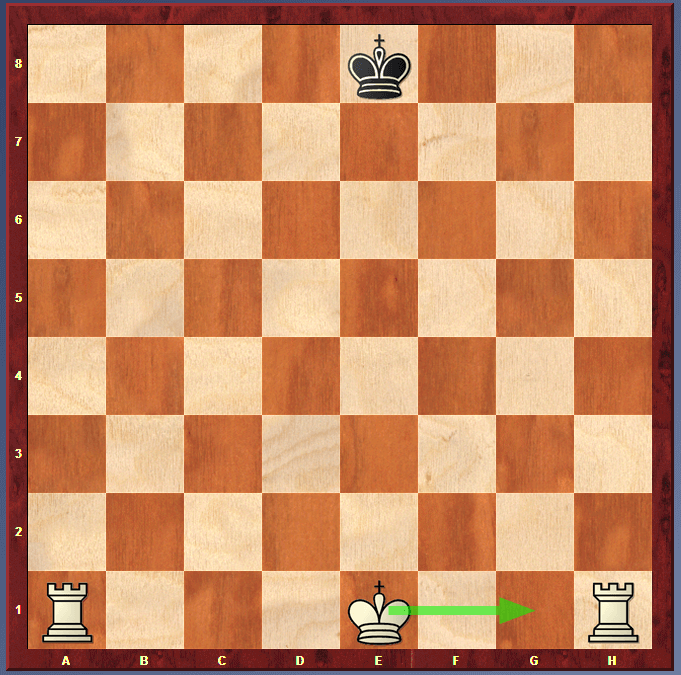
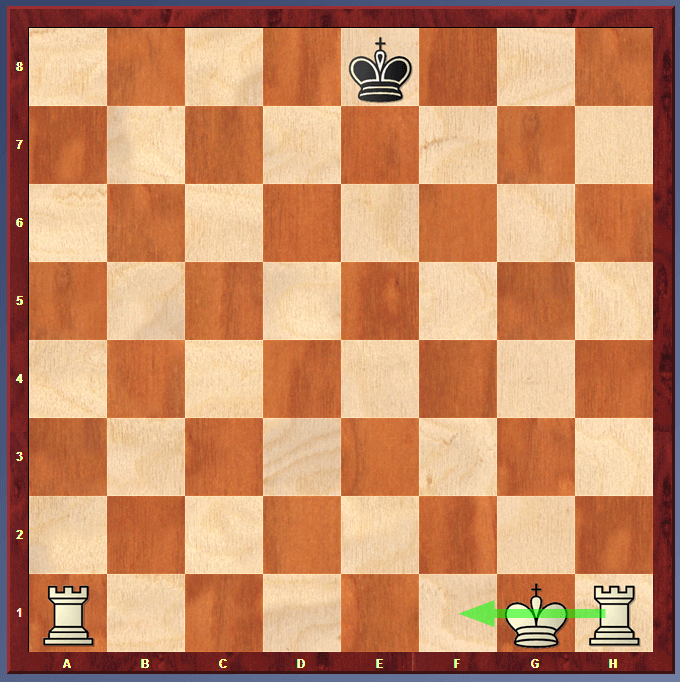
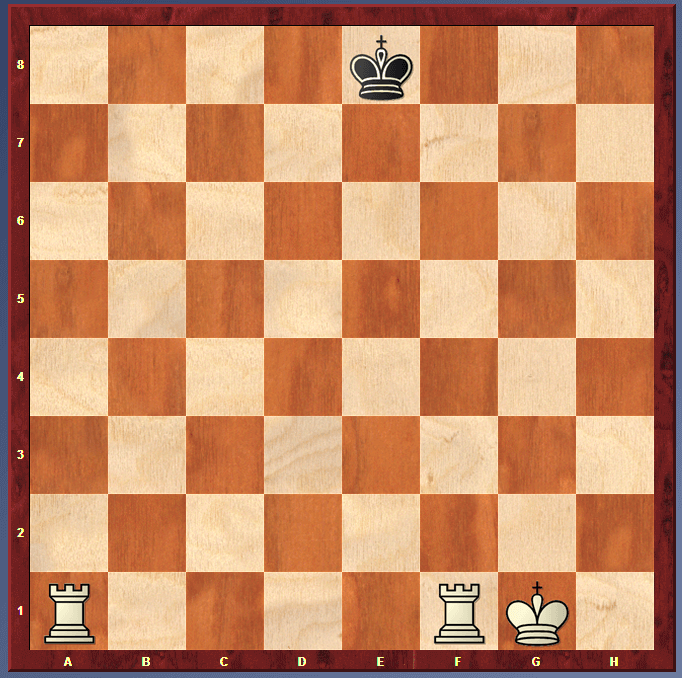
2. Queenside castling
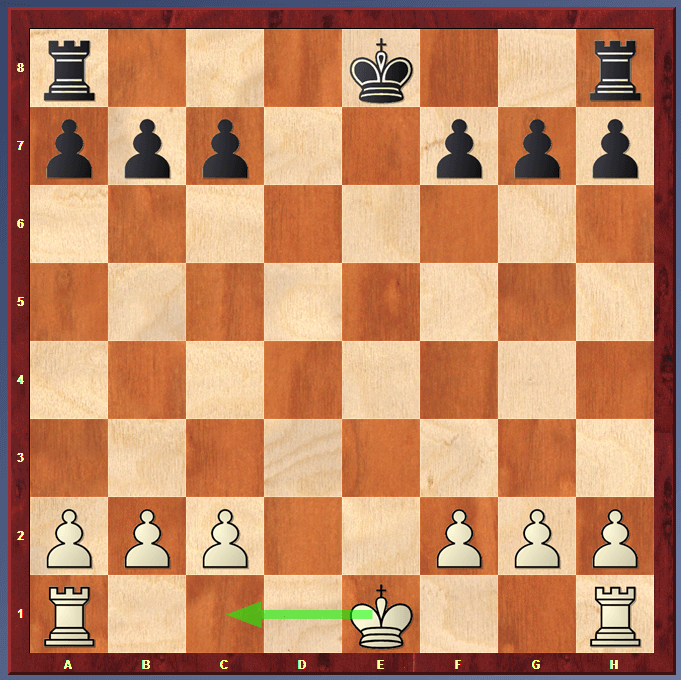

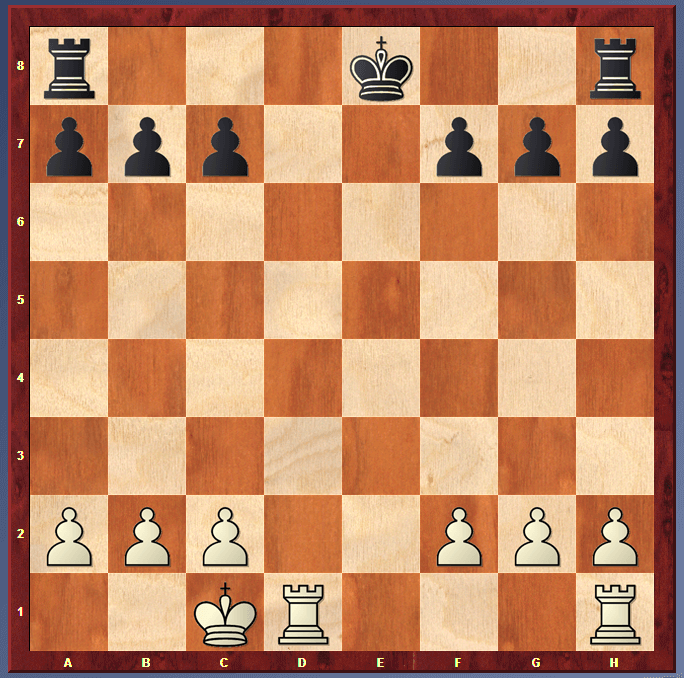
Queenside castle completes
Kingside castling vs. Queenside castling
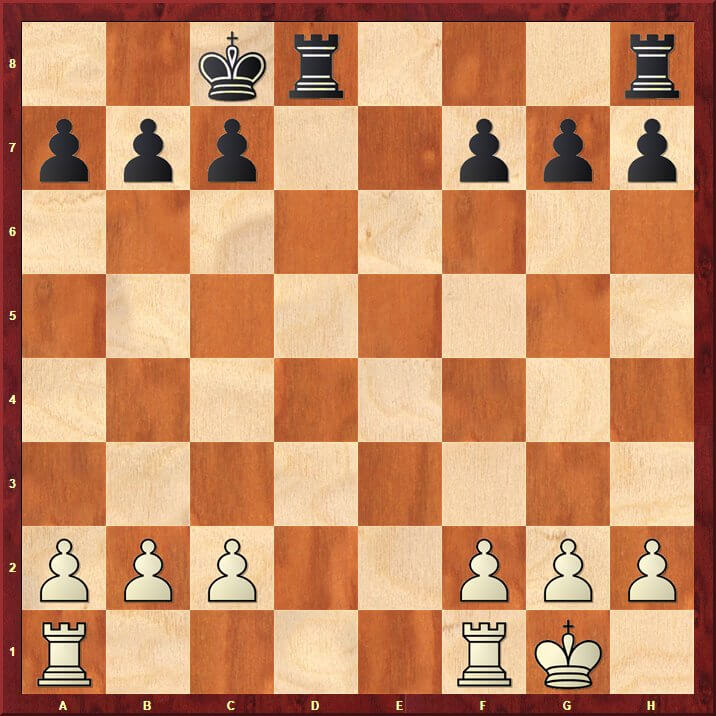
What are the rules for castling in chess?
• You must move the king first, and then the rook, to do the castle.
• The king and the rook may not have moved from their initial squares if you want to castle.
• All squares between the king and the rook must be empty.
• The king cannot be in check.
Beginners are often afraid of the castle (worried their moves will be wrong and the king will be trapped). But it is a misconception that it is dangerous to do castle as after castle king can be easily saved from being checkmated on the back rank by just making a timely (before) pawn move of one of the pawns in front of the king which is also called as an escape square.
En passant in chess
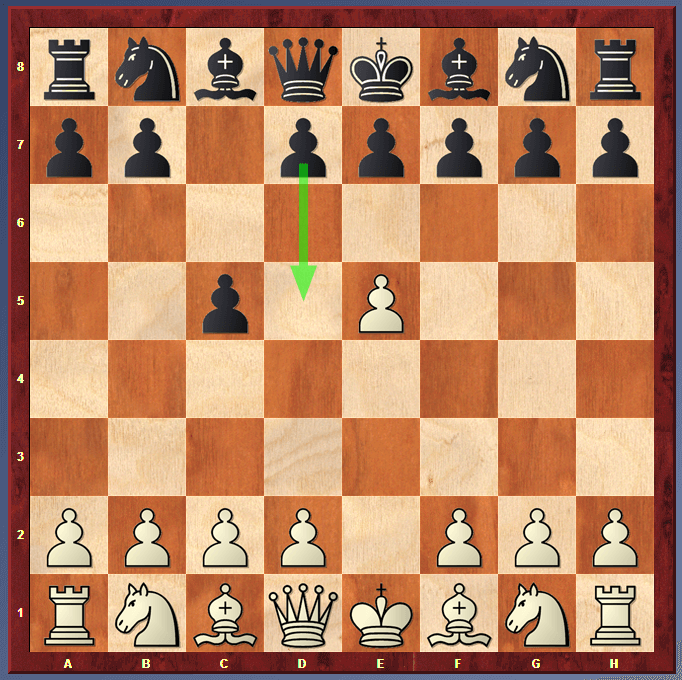
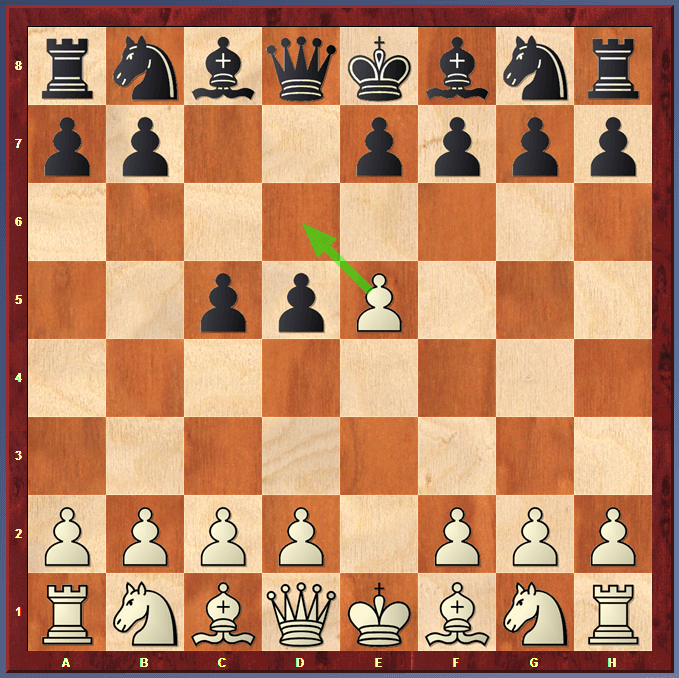
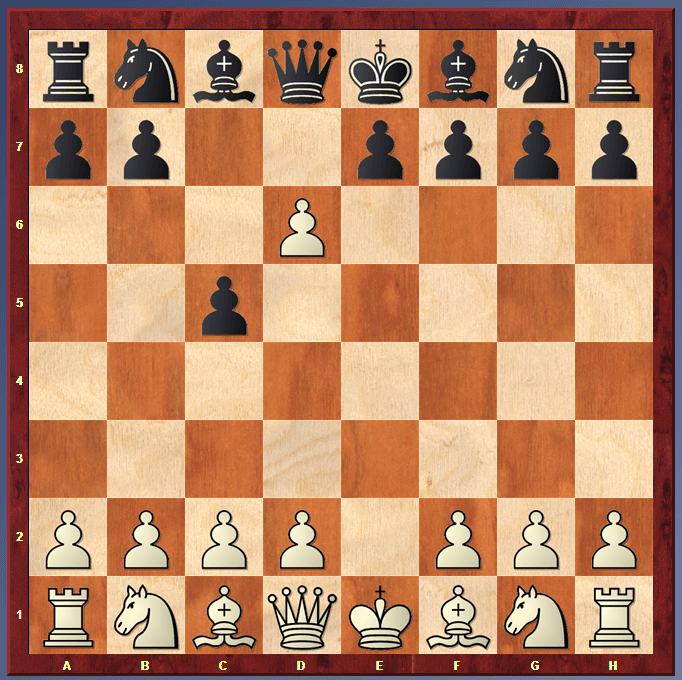
En passant in chess 2
Pawn promotion
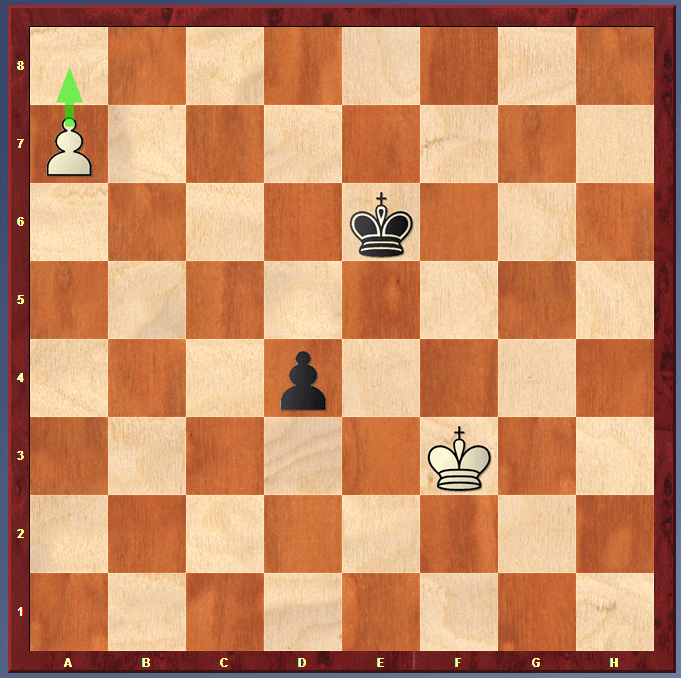
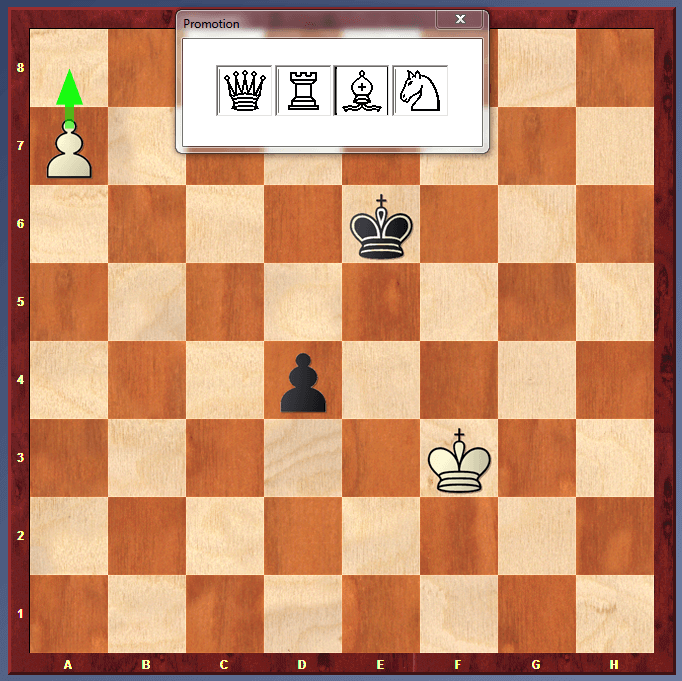
Pawn promotion 1
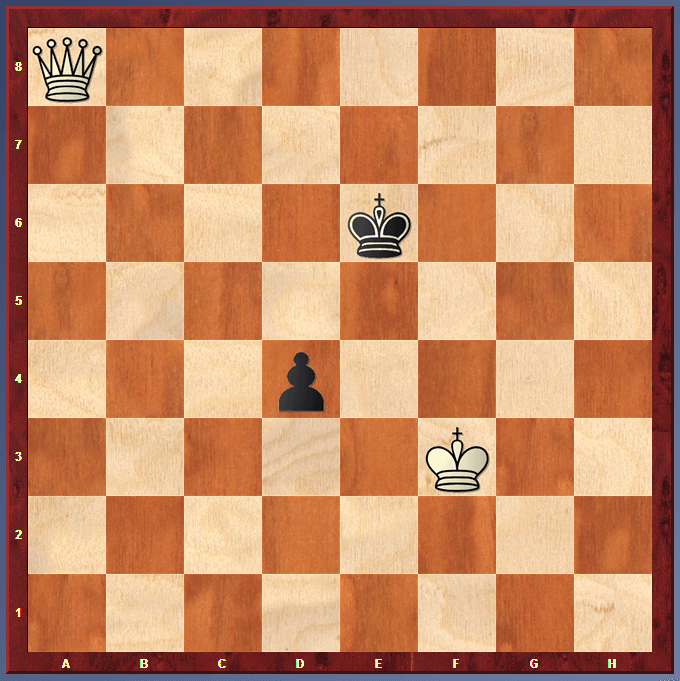
Pawn promotion 2
If a player advances a pawn to its eighth rank, the pawn is then promoted (converted) to a queen, rook, bishop, or knight of the same colour at the choice of the player (a queen is usually chosen as it is most powerful). The choice is not limited to previously captured pieces. Therefore it is theoretically possible for a player to have up to nine queens or up to ten rooks, bishops, or knights if all of their pawns are promoted. If the desired piece is not available at the time of pawn promotion, the player should call the arbiter to provide the piece.
Step 5. Check in chess
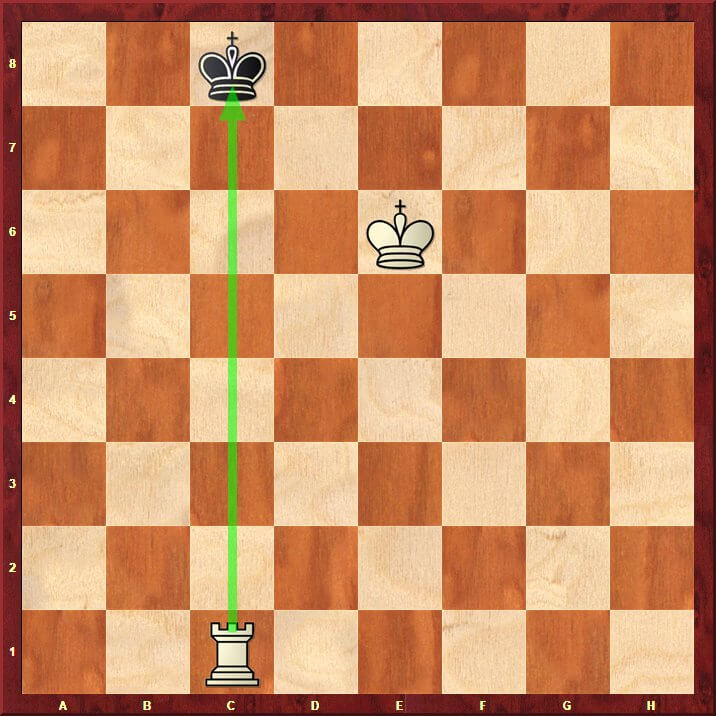
A check is a condition in chess that occurs when a player’s king is under threat of capture on their opponent’s next turn. A king so threatened is said to be in check. In simple language, an attack on the king is called a check
If your king gets a check then you need to remove the check on the same move. If without removing the check, you would play another move then the move will be declared as an Illegal move (which means not legal or not allowed).
How do I get out of check?
There are three ways to get out of check.
See below checkmate
Step 6. How to win in chess?
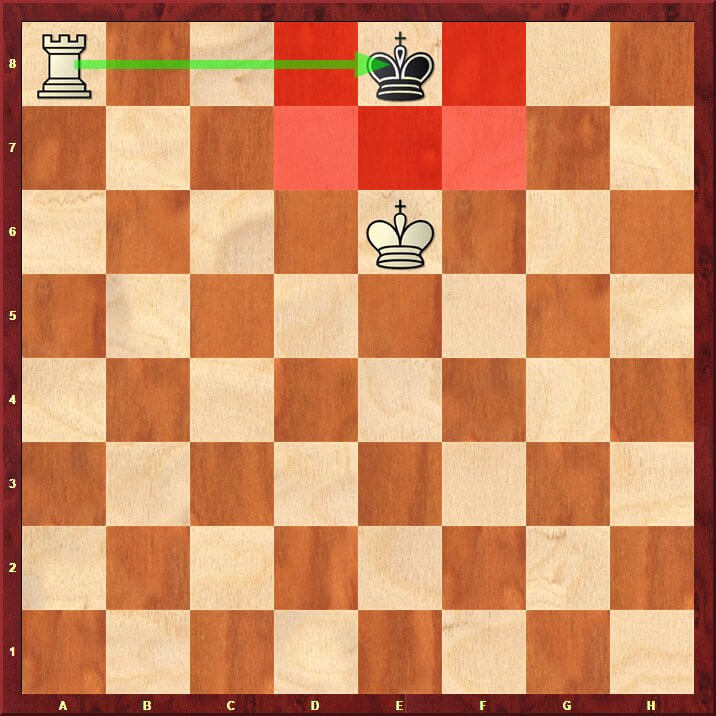
The purpose of the game is to checkmate the opponent’s king. This happens when the king is put into check and cannot get out of check.
There are only three ways a king can get out of check:
- Move out of the way (though he cannot castle!)
- Block the check with another piece or
- Capture the piece threatening the king.
If a king cannot escape checkmate then the game is over. The player who makes the checkmate gets declared the winner of the chess game.
Draw in chess
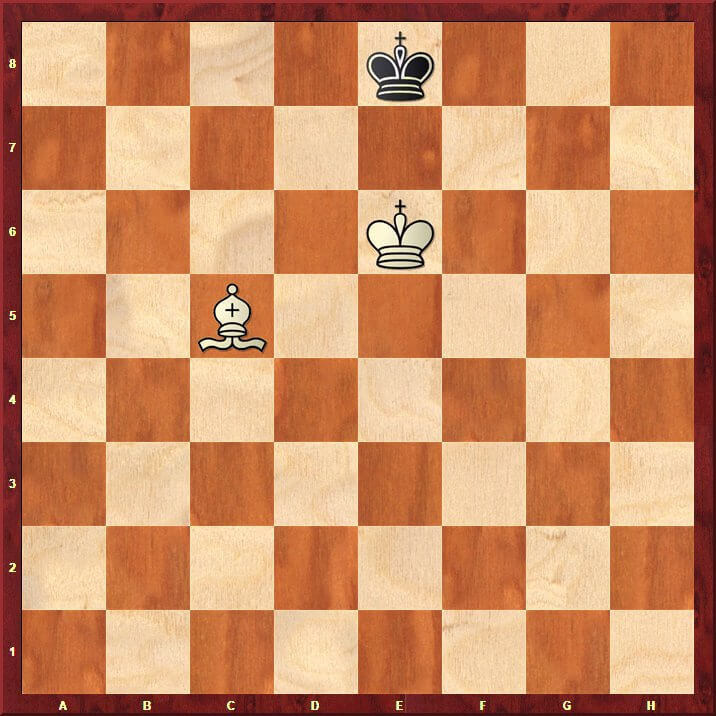
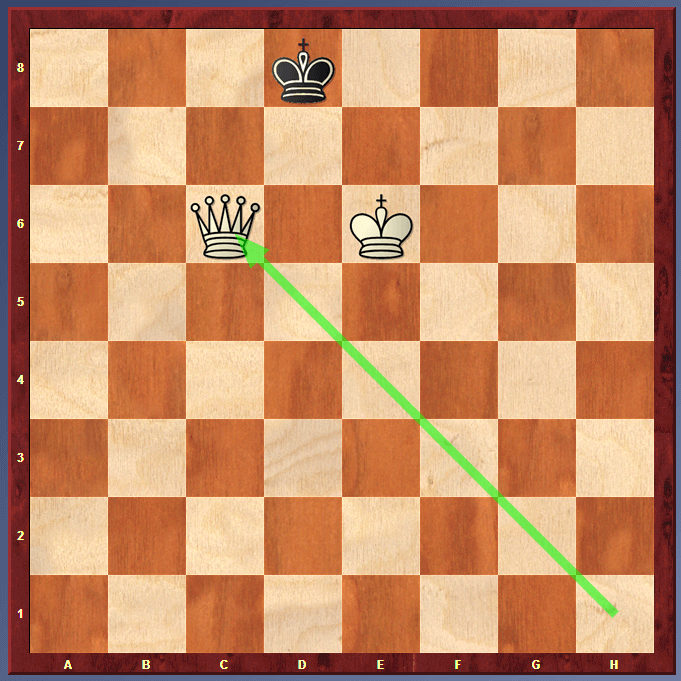
Every time chess games do not end with a clear result of win or loss but with a draw as well. There are 5 reasons why a chess game may end in a draw:
• The position reaches a stalemate where it is one player’s turn to move, but his king is not in check and yet he does not have another legal move: When stalemate occurs, the game results in a draw, meaning each player gets half a point. That can be very disappointing for the side which has a big advantage. Make sure you do your best to avoid a stalemate when you are in a winning position.
• The players may simply agree to a draw and stop playing
• There are not enough pieces on the board to force a checkmate (for example king and a bishop vs. the king)
• A player declares a draw if the same position is repeated three times (though not necessarily three times in a row)
• Fifty consecutive moves have been played where neither player has moved a pawn or captured a piece
Step 7. Chess strategies
• Development
• King safety
• Don’t give pieces for free unnecessarily.
• Control the center of the chessboard
• Basic opening principles
• Basic middlegame principles
• Basic endgame principles
Chess strategies are long-term plans in chess.
There are five simple things that every chess player should know:
Development
Control the center of the chessboard
If you want to take advantage then you should try and control the center of the chessboard with your pieces and pawns. If you control the center, you will have more space to move your pieces which will make it harder for your opponent to find good squares for his pieces.
King safety
Get your king to the corner of the board where he is usually safer. You should usually castle as early as possible. Don’t break your castling by unnecessary moves of pawns in front of the castled king. Remember, it is of no use how close you are to checkmate your opponent if your king is checkmated first!
Don’t give Pieces for free unnecessarily.
Don’t carelessly lose your pieces! Each piece is valuable and you can’t win a game without pieces which helps to do checkmate. There is an easy system to keep track of the relative value of each chess piece. How much are the chess pieces worth?
- A pawn is worth 1
- A knight is worth 3
- A bishop is worth 3
- A rook is worth 5
- A queen is worth 9
- The king is infinitely valuable. If it is difficult for you to understand this, then you can simply say the King has no points as you can’t capture the king in normal or classical time control.
At the end of the game, these points don’t mean anything – it is simply a system you can use to make decisions while playing, to help you know when to capture, exchange, or make other moves.
Value of the Pieces — based on ATTACKING POWER of a particular piece on an empty board
| Piece | Coverage (squares) | Value (points) |
| Queen | 21-27 | 9 |
| Rook | 14 | 5 |
| Bishop | 7-13 | 3 |
| Knight | 2-8 | 3 |
| Pawn | 1-2 | 1 |
Why are bishops and knights equal in value?
Because the bishop covers more space i.e. 13>8, the knight also has other qualities like he can jump over other pieces and switching colours.
Basic opening principles
These are the general opening principles. These are just the guidelines to understand the sequence of moving pieces toward the center.
Opening principles
Start with the king’s pawn and the queen’s pawn.
Move the knight towards the Center.
Move the Bishop towards the center.
Make the castle as early as possible.
Move the remaining minor pieces toward the Center (knights and bishops)
Move the queen towards the center.
Move rooks towards the center or in the open files.
Don’t move any single piece twice, unnecessarily in the first 10 moves.
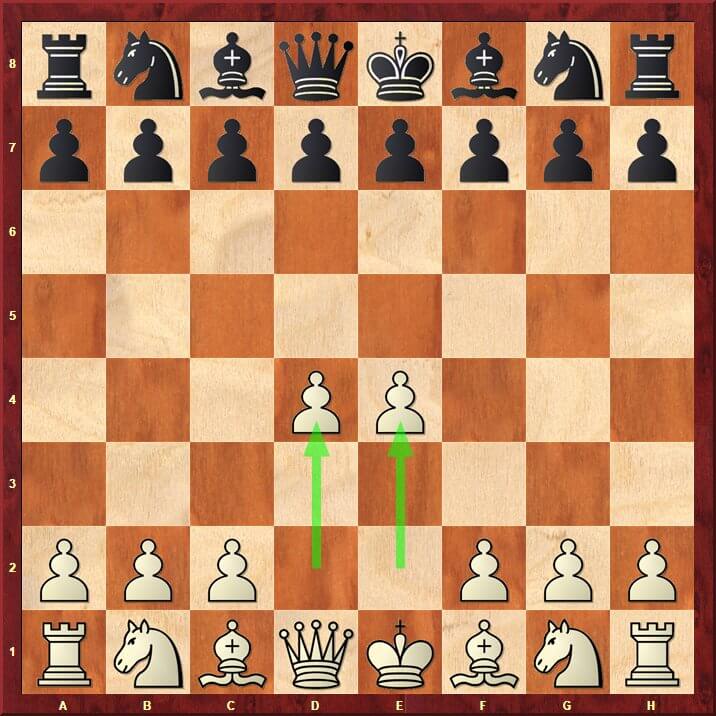
Opening principle no. 1
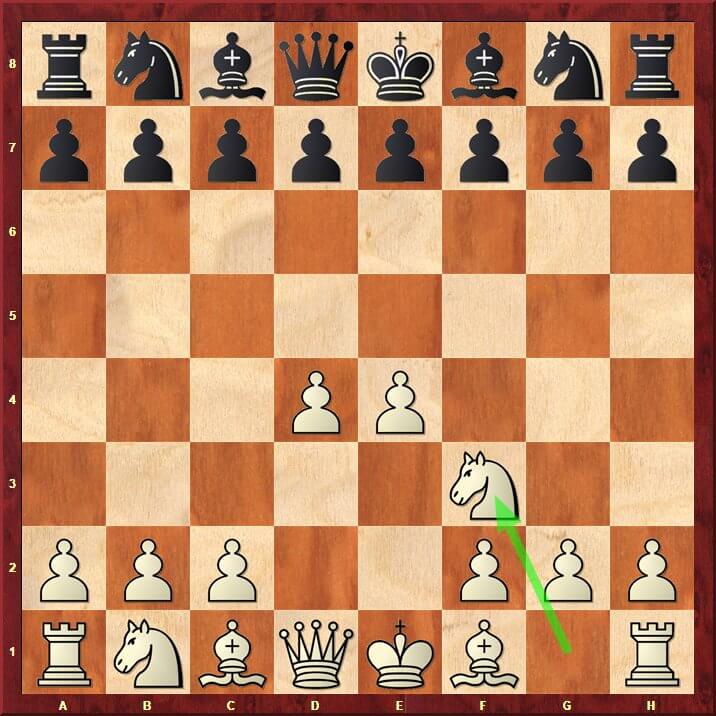
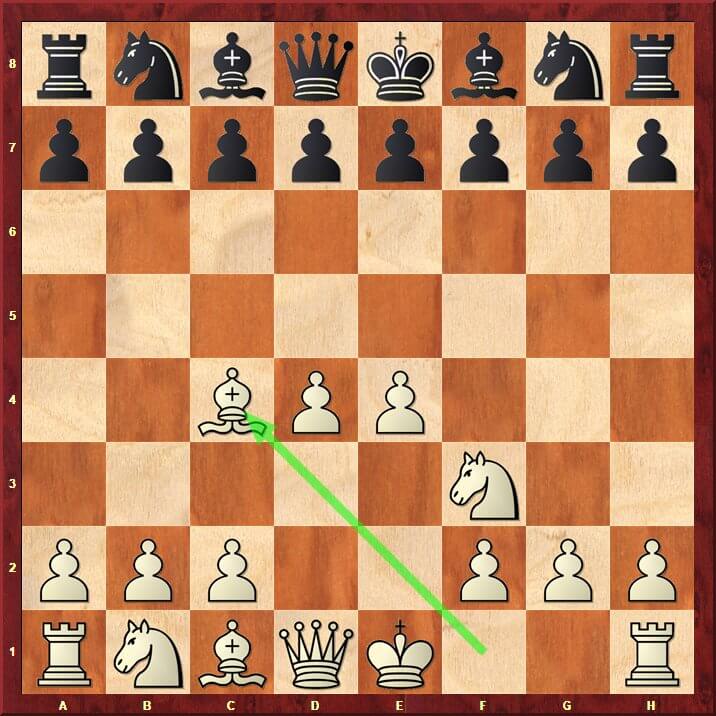
Opening principle no. 3
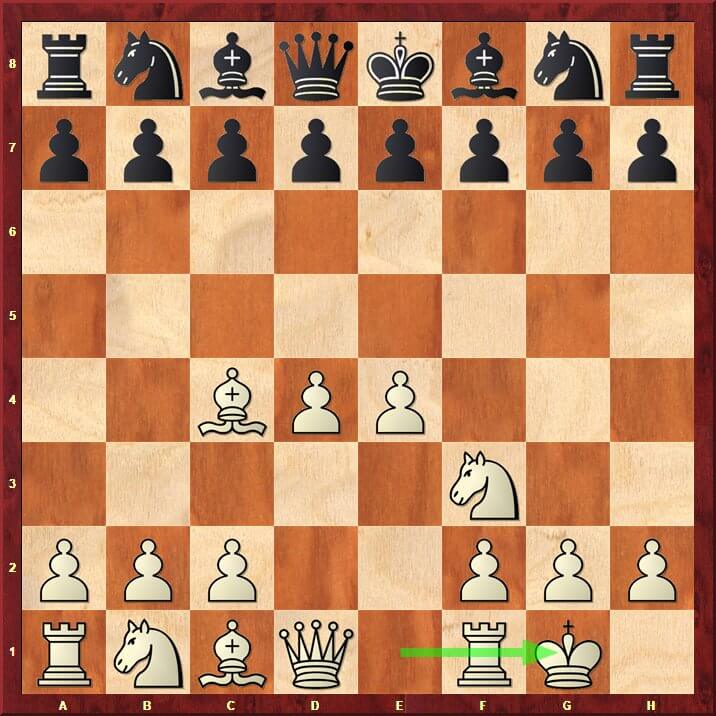
Opening Principle no 4
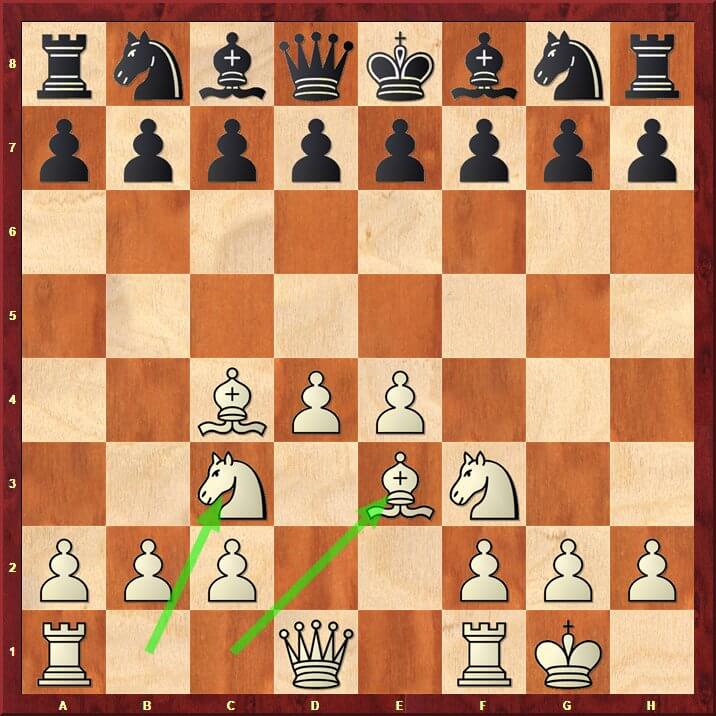
Opening Principle no 5
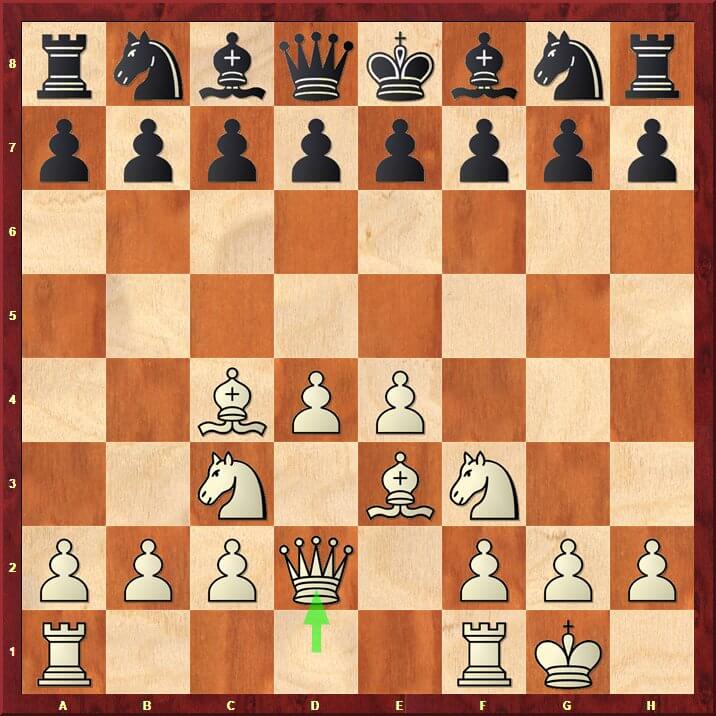
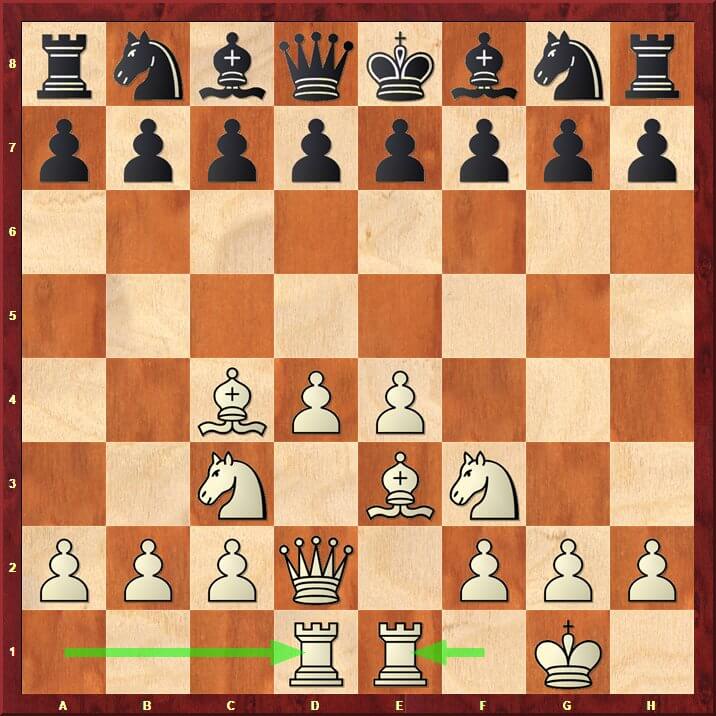
Opening Principle no 7
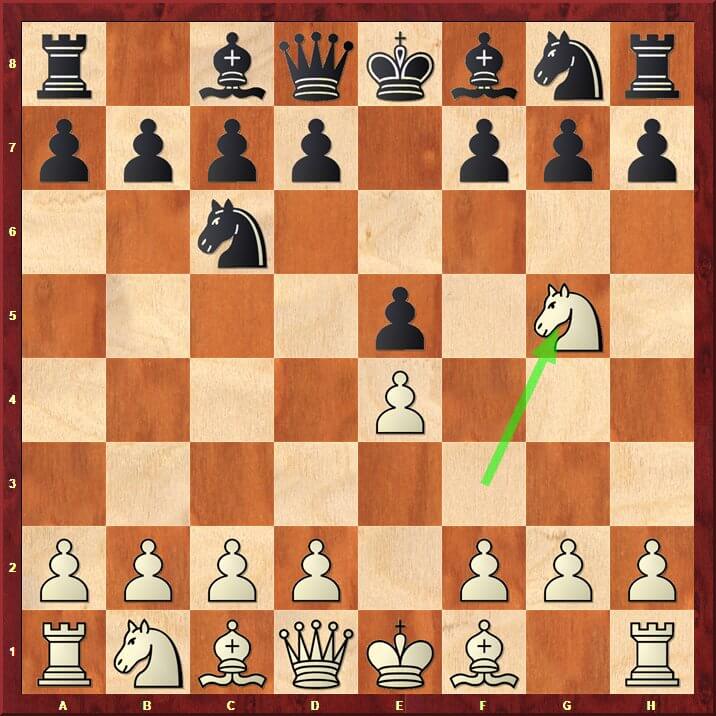
Basic middle game principles
These are very important principles that can help you in minimizing your blunders or big mistakes. These principles help especially in the middlegame but you need to use them on each move means in opening, middlegame, and endgame as well. So you need to think about them with every move.
Middle game principles
What to think on each move
Can you get something free?
Can your opponent get something free?
Can you give a check?
Can your opponent give a check?
Why did your opponent play the last move? (or what did happen after your opponent’s last or previous move?)
Basic end-game principles
End game principles
Use your strong pieces first to their full potential.
Find out your opponent’s weaknesses and attack them.
Find out your weaknesses and try to minimize or eliminate them.
King is a strong piece in the endgame. so use it well. Move it towards the center or towards the side where the action is about to happen. You can use the King to attack the opponent’s pawns and to give support to your pawns.
If you don’t have a passed pawn, then try to create one. If you have a passed pawn then move it. Try to promote it to a Queen, etc.
If your opponent has a passed pawn, then try to stop it.
Step 8. Chess tactics
Tactics are short-term plans in chess.

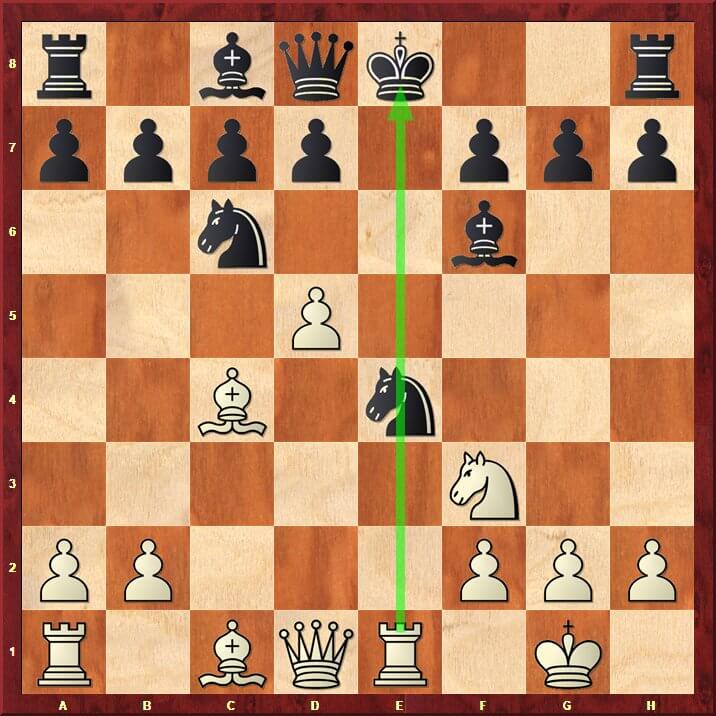
Tactic- absolute pin
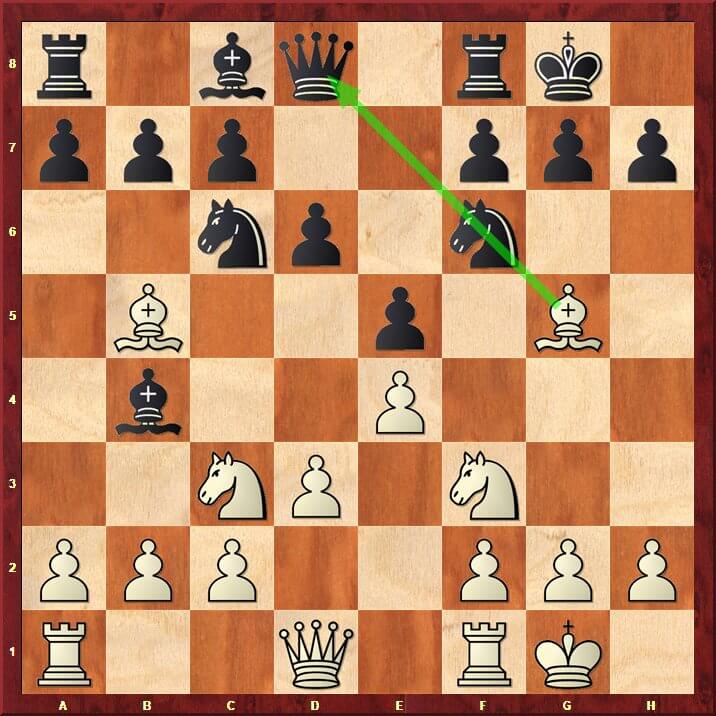
In chess tactics can be defined as short-term opportunities where one player makes threats against the opponent. Pins, Forks, Skewer, and Discovered Attacks are just a few examples of various tactics that are used in a chess game. A pin in chess is when you attack a piece that cannot move out of the way because it would allow the capture of a piece of greater value.
Step 9. Illegal move
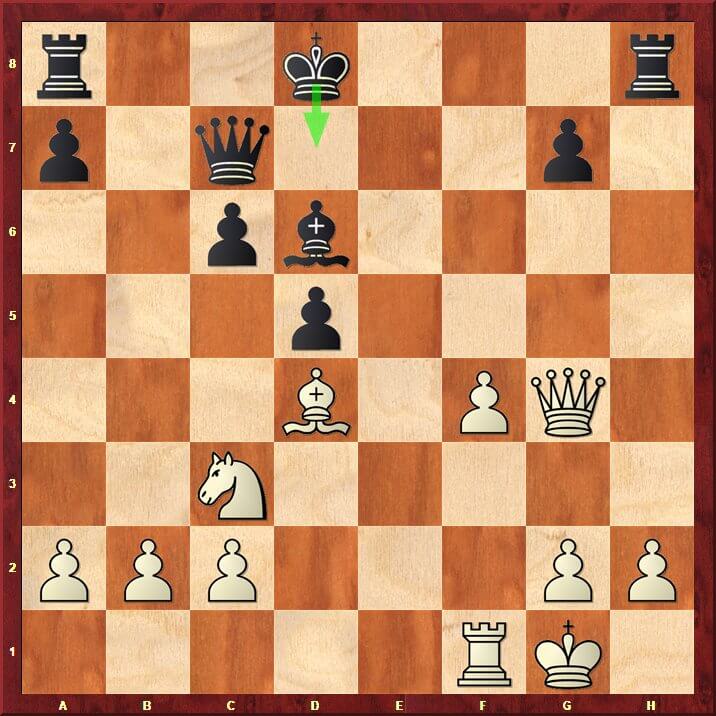

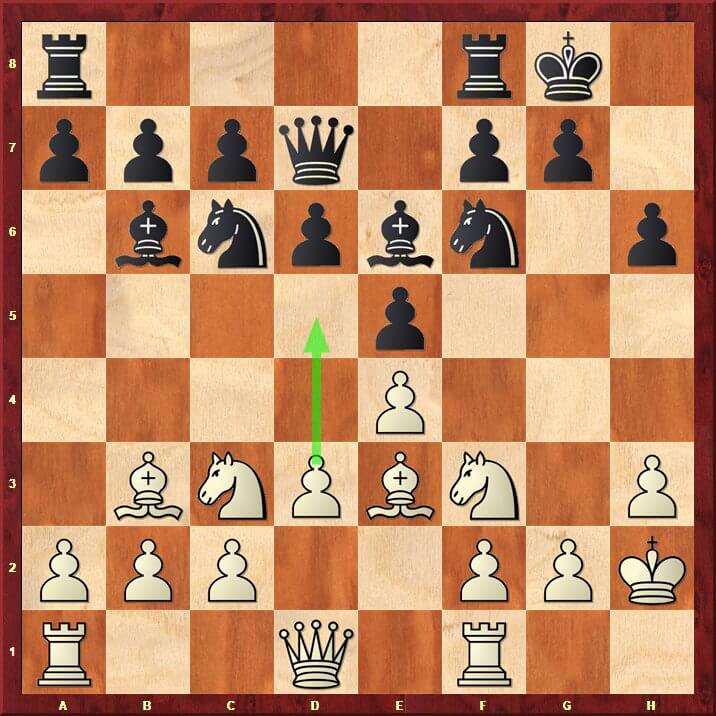
Illegal move 2
An illegal move is a move that is not permitted by the rules of chess. It may be anything like moving a king into check, jumping over with pieces other than a knight, or moving a pawn two steps when it is not on its Original square, etc. A player who makes an illegal move must take back that move and make a legal move.
Now some of my students ask me a question why can’t a queen move like a knight? My answer to them is very simple it is so because the rules of chess are so. You can’t change the rules.
Step 10. Play chess
play chess with friends and practice more
If you want to improve your game, then you should play a lot of chess games. You can play at home with friends or family, or play online. But you have to play a lot of chess games to improve. There are so many people who like to play chess online. So you can easily find a game of chess online!
Play chess online
Can I play chess with a friend online?
Yes
Where can I play chess online for free?
I am giving some of the good websites where you can play chess online.
Following are the top websites where you can play chess online:
- Chess.com
- Lichess.org
- Playchess.com
- Chess24.com
- Chesstempo.com
- Sparkchess.com
- ChessGames.com
You can do the following things on these websites:
Play chess online for all levels.
Play rated games against opponents of your strength.
Play chess online against the computer
Challenge your friends in multiplayer! (sparkchess.com)
You can see games from a large database of chess games, (chessgames.com)
Step 11. Chess tournament
A chess tournament is a series of chess games played competitively to decide a winner, runner-up, second runner-up individual or team, and so on. Each player doesn’t need to play in a tournament as you can also enjoy the game just by playing it and enjoy the benefits of playing chess.
How to play chess with tournament rules
Many tournaments follow a set of common, similar rules. These rules can be different from the rules that we use to play at home or online, but you would like to practice with them just like that.
Moving the pieces
A player must move pieces with one hand. Once the hand is taken off a piece after moving it, the move cannot be taken back except the move is illegal. When castling, the player should first move the king with one hand and then move the rook with the same hand.
In the case of pawn promotion, if the player releases the pawn on the eighth rank, the player must promote the pawn. After the pawn has moved, the player can touch any piece not on the board, and the promotion is not finalized until the new piece is released on the promotion square (which can be Queen, Rook, Bishop, or Knight).
Touch-move –
- In serious play, if a player having the turn to move touches one of their pieces as if having the intention of moving it, then the player must move it providing it is a legal move. If a player touches one of the opponent’s pieces then they must capture that piece if there is a legal move that does so. If none of the touched pieces can be moved or captured then there is no penalty.
If a player wishes to touch a piece to adjust its position on a square, the player must first signal the opponent of this intention by saying “I adjust”. Once the game has started, only the player with the move can touch the pieces on the board.
Chess clock –
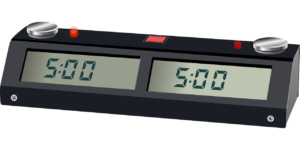
Most tournament uses a chess clock to count the time spent on each game. Players must make their moves within the time control or lose the game. The players are required to hit their chess clock with the same hand they move their pieces with.
Once a player makes a move they then touch a button or hit a lever to stop their clock out of two clocks which automatically starts the opponent’s clock.
There are different types of time controls. In some cases, each player will have a certain amount of time to make a certain number of moves. In other cases, each player will have a limited amount of time to make all of their moves. Also, the player may gain a small amount of additional time for each move made, either by a small increment added for each move made.
If a player delivers a checkmate, the game is over and that player wins, no matter whatever the situation on the clock.
If a player runs out of time and the opponent calls the attention of the time, then the player who ran out of time loses the game (unless the opponent does not have enough pieces to checkmate, in which case it is a draw).
Chess notation –
If a Rook moves from e1 to e6, we would write Re1-e6 or simply Re6. The symbol for capturing a piece is x. Therefore, if you capture a piece you would write Rxe6. If you give a check you add a “+” after the move.
For a Bishop move, you write B; Queen move Q; King move K; For a Knight move N (not to mix it up with a King move). If a Pawn moves you do not need to write P, just the name of the square the Pawn is moving to. Castling has a special notation. Castling to the King (short) side you write 0-0 and 0-0-0 for castling to the Queenside.
How to record a chess game and why? Here are two important reasons: To be able to go back and learn from your mistakes or to show off a beautiful combination. Also to be able to prove what the position is on the board in case your opponent tries to cheat.
Also in chess notation
Use the upper case for pieces; and the lower case for letters of squares.
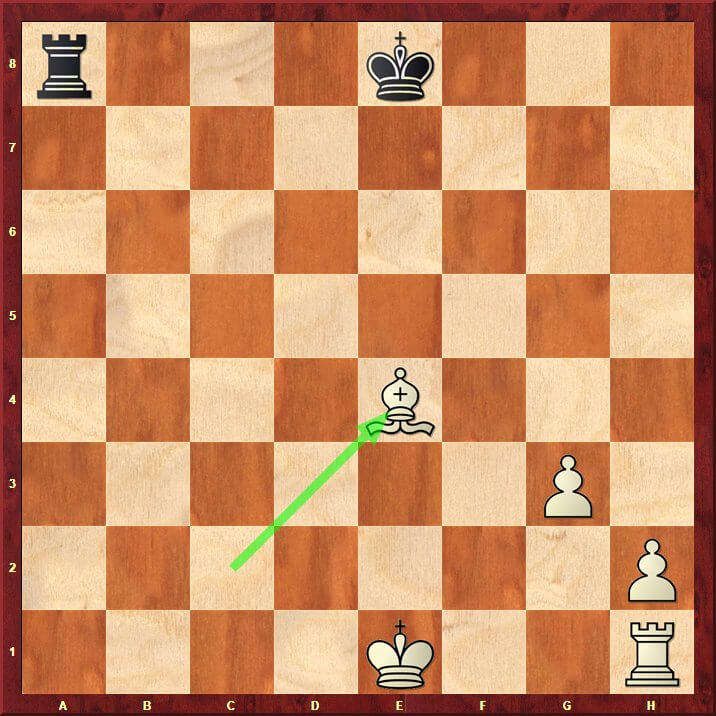
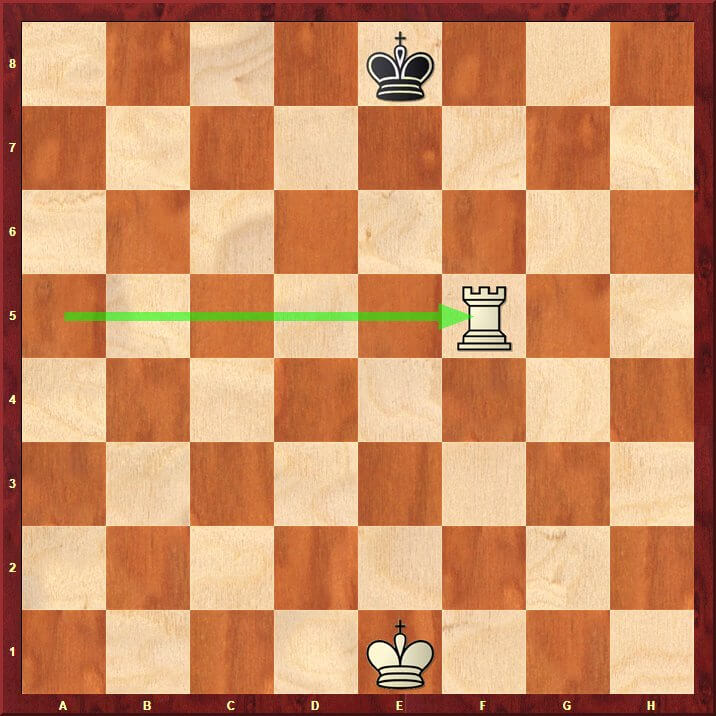
Rf5 (Rook moves to f5)
Be4 (Bishop moves to e4)
Special symbols:
0-0 = Kingside castle
0-0-0 = Queenside castle
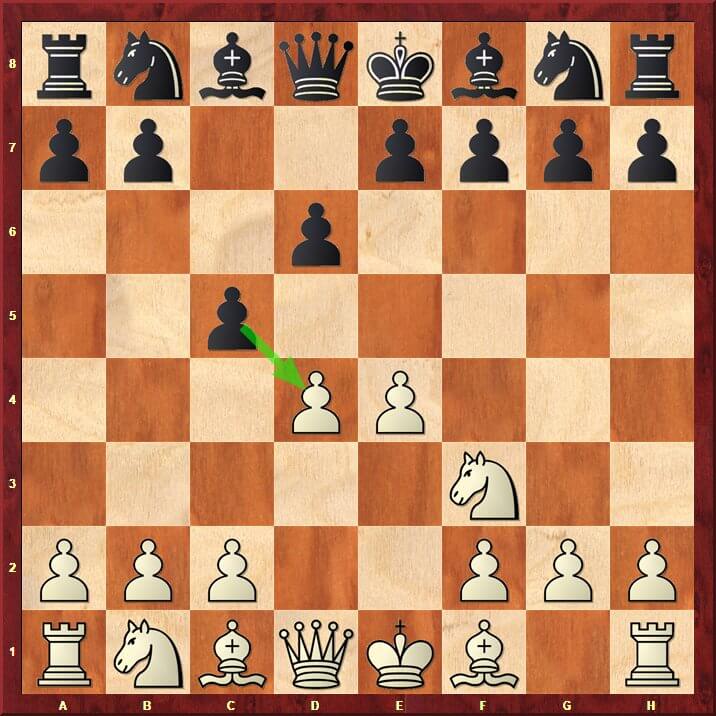
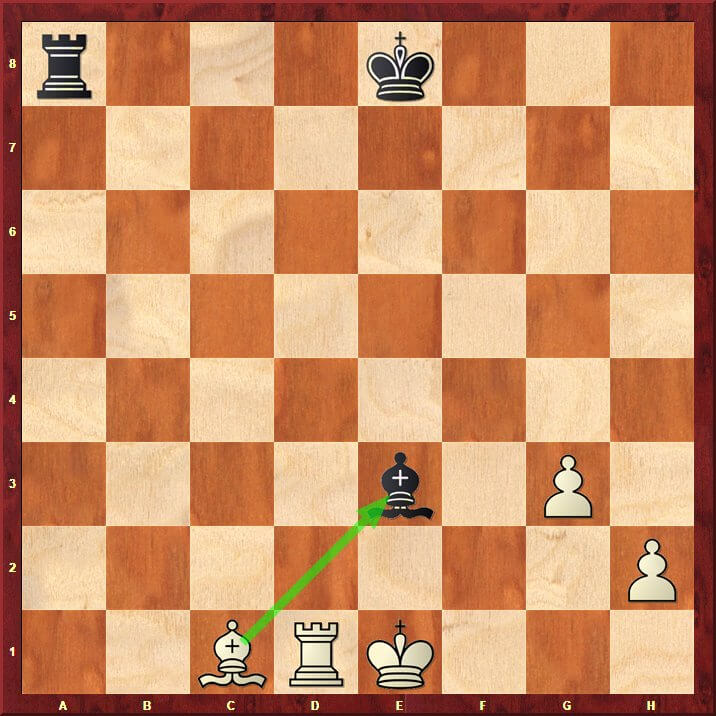
Bxe3 (identifying square of the captured piece)
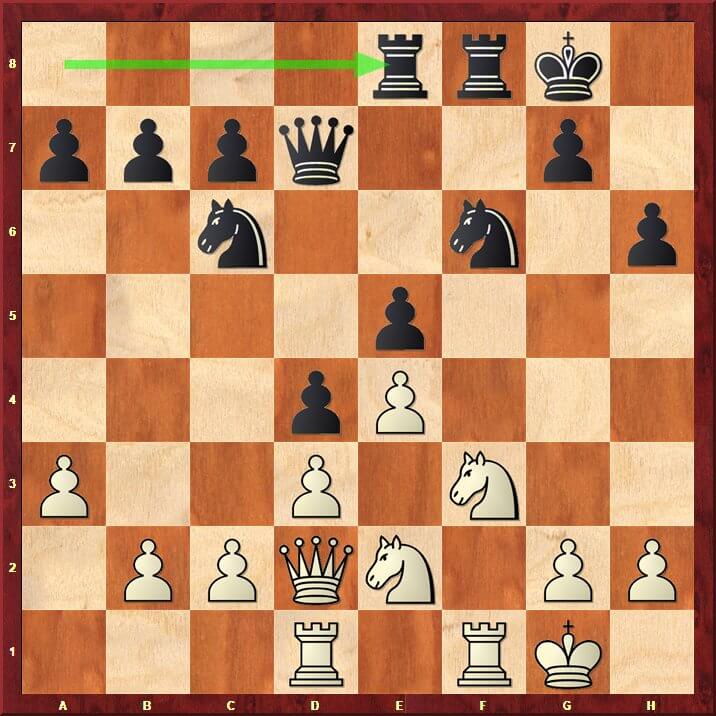
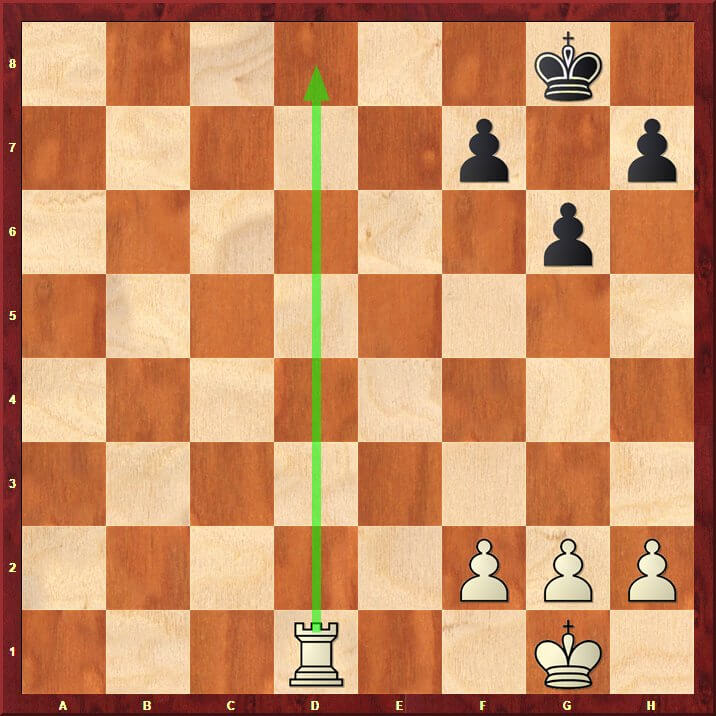
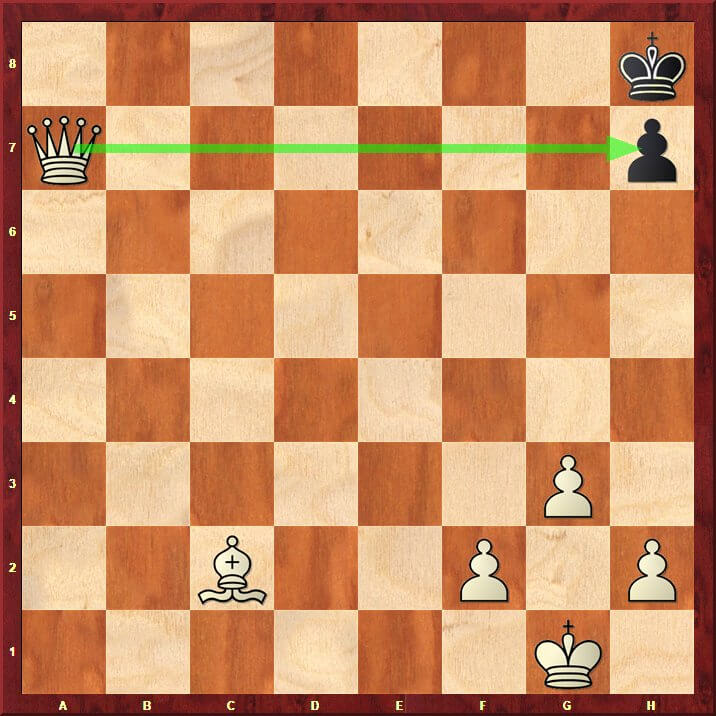
This is an example of how to write full chess game notation in a score sheet given to you in a tournament.
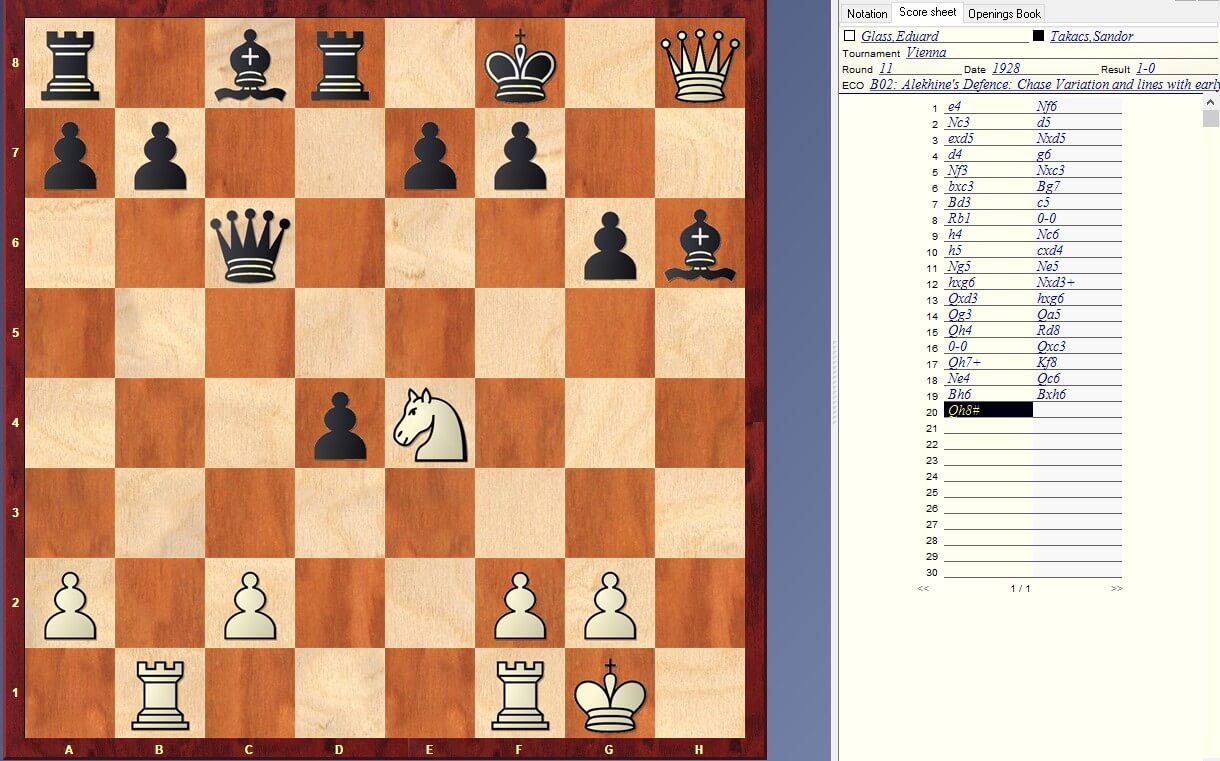 Chess full-game notation
Chess full-game notation
Please see the latest rules for confirmation.
Sources:

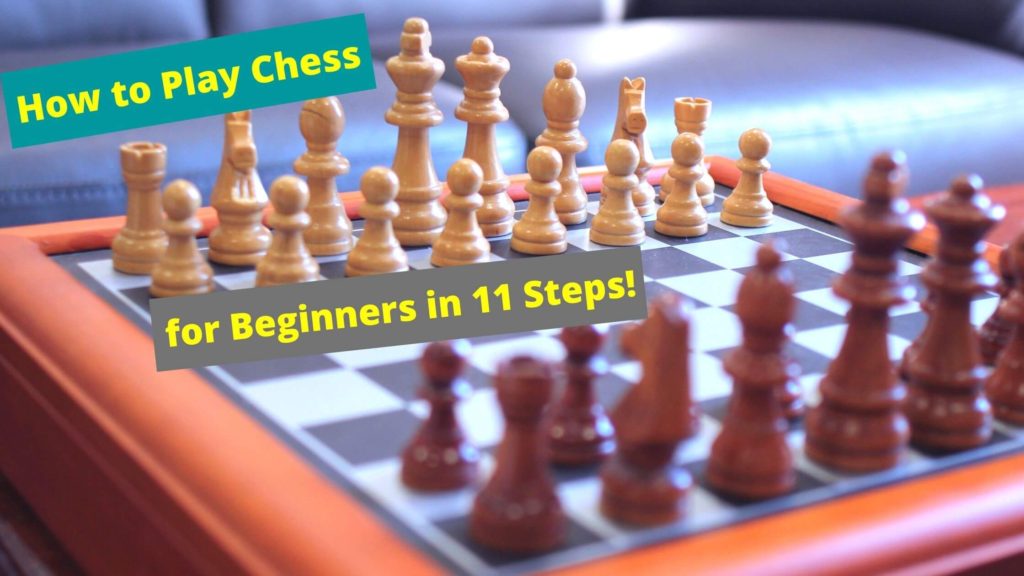
Awesome way to teach children! 👍